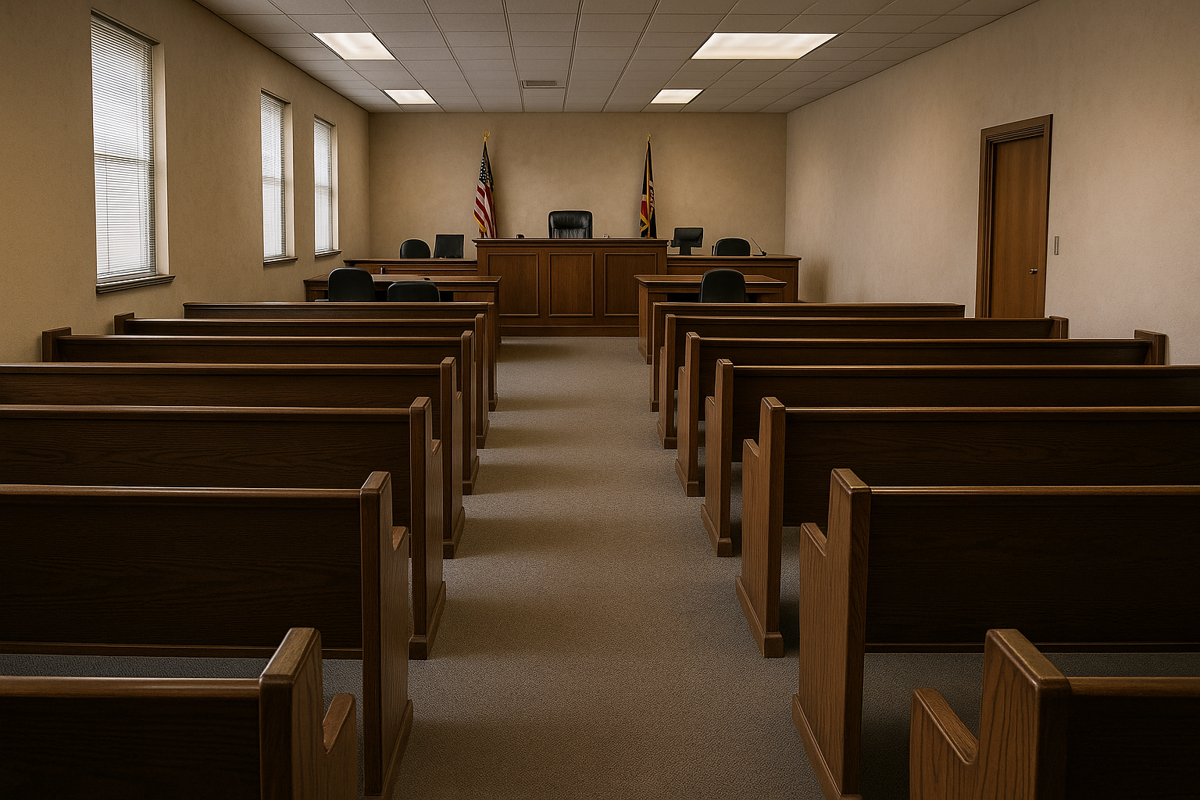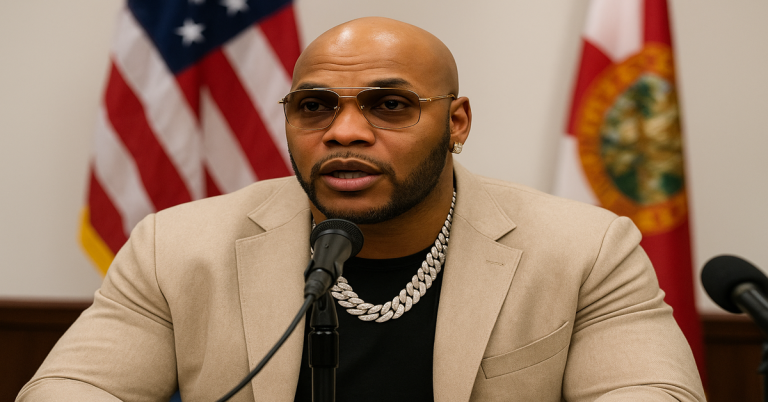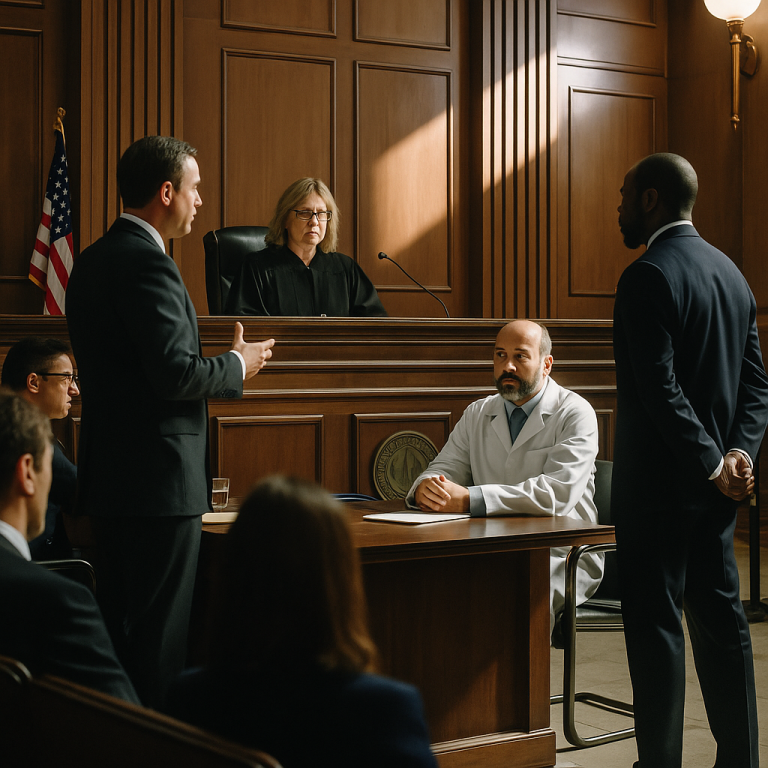San Diego Juvenile Ranch Facility Sex Abuse Lawsuits have come into sharp focus. Survivors, once silenced, now demand justice. They report abuse by staff at Rancho del Campo and Rancho del Rayo. Their stories describe manipulation, threats, and lasting emotional scars. These lawsuits expose serious failings by county-run juvenile care. You deserve to know why these legal actions count. This guide explores what led to the abuse, legal claims, survivors’ rights, and next steps. You’ll see how California’s laws support survivors and how this case could lead to change in juvenile justice statewide. If you or someone you love was affected, this article offers clear, actionable insight.
What San Diego Juvenile Ranch Facility Was Designed to Be
San Diego Juvenile Ranch Facility Was Designed to Connect the ideal to the reality highlights where it failed.
Role and Structure of the Facility
The facility served as a probation-based residential program for teens. It had two campuses: Rancho del Campo and Rancho del Rayo. Each provided supervised housing, classes, counseling, and structured daily routines.
Expected Programs and Support
Staff ran rehabilitation sessions, life-skills classes, anger management workshops, and substance use treatment. Youth had access to medical, mental health, and educational services. The goal was to guide youth toward safe, productive lives.
A Promise Broken by Abuse
While described as safe and supportive, actual survivor accounts tell a different story. The abuse they endured directly contradicted the facility’s stated goals.
How Abuse Took Root at Rancho del Campo
The survivors’ accounts reveal how systemic issues allowed abuse.
Patterns of Staff Abuse
Survivors describe dating-like behavior, unwanted touching during nighttime routines, and assaults in showers or secluded spaces. One victim said a guard fondled him at night. Another shared a sleeping guard forced oral sex.
The Role of Authority in Abuse
Abuse by employees created a deep power imbalance. Youth felt trapped. They believed speaking up would lead to further harm or extended stays.
Failures in Complaint Handling
Teens tried to report abuse, only to face disbelief, ridicule, or silence. Supervisors failed to investigate. Abusers often remained in position.
Ongoing Trauma from Secrecy
These violations left teens scared, ashamed, and isolated. The sense of betrayal came from those supposed to provide safety.
What San Diego Juvenile Ranch Facility Sex Abuse Lawsuits Say
These lawsuits spoke louder than the actions.
Duty of Care Ignored
Lawsuits argue staff responsibility included youth safety. They allege that supervision protocols were deliberately neglected. Doors, lights, and cameras often failed.
Abuse by Trusted Individuals
Survivors claim certain staff used their authority to exploit youth. In multiple instances, documented prior complaints led nowhere.
Retaliation Against Survivors
Youth who spoke up said they were punished. They lost yard time, phone contact, and privileges. Some were placed in solitary as a result.
Legal Goals of the Lawsuits
Survivors are seeking compensation for therapy, lost opportunities, trauma, and future care. They also want legally enforceable changes in how probation youth are treated.
Abuse Patterns Across Other San Diego Youth Facilities
Connecting to a bigger system problem highlights institutional trends.
East Mesa Juvenile Detention Center
Survivors report misconduct during health checks, showers, and telephone calls. Repeated claims allege failure by staff to intervene or report.
Camp Barrett Fairbrook Facility
Former residents describe abuse behind closed shower doors. They explain how staff overreacted to normal behavior but overlooked boundary violations.
Polinsky Children’s Center Historic Claims
Over 100 individuals filed suit for abuse dating back decades. They blame weak background checks, open dorms, and lax oversight.
The Bigger Picture
Together, these accounts show a pattern of abuse and negligence across multiple county-run juvenile centers. Policies failed a vulnerable population system-wide.
California Law Changes That Empower Survivors
Survivors are empowered by the state after enforcing new laws. You can have a deep look inside.
Filing Deadlines Removed for New Cases
Since January 2024, no civil time limit applies to juvenile facility abuse claims. Survivors can file whenever they feel ready.
Extended Timeframes for Older Cases
Victims from Rancho del Campo before 2024 now have until age 40 or five years from recognizing harm—whichever comes later.
Easier Claims Against Public Entities
Survivors can sue San Diego County or probation agencies directly. They no longer face complex pre-filing requirements.
Expanded Compensation and Remedies
Victims can now seek therapy, lost income, emotional distress, punitive damages, and in cases of cover-up, triple damages.
How Survivors Can Take Action Today
If you are survivors, you can take these actions to strengthen the case and can proceed legally.
Recognize That You Have Time
Any survivor of abuse at Rancho del Campo or related facilities can file. Past silence no longer means lost rights.
Record Your Story Now
Write what happened. Include dates, locations, staff names. Keep still-relevant records. Every detail matters.
Contact a Specialized Attorney
Find a lawyer who knows juvenile facility sex abuse cases. They offer free consultations and work on contingency. They will help you file within timelines.
Seek Emotional and Community Support
Healing matters. Talk to vetted counselors. Join survivor networks. Isolation can worsen trauma. Connection can help.
What Could Change If Lawsuits Succeed
If lawsuits succeed, they could change the environment and surroundings for youth.
Safer Environments for Youth
Courts may mandate policy reform: closed doors, verified background checks, CCTV in private areas, and stronger staff oversight.
Greater County Policy Changes
A ruling against San Diego County could trigger new oversight boards, mandatory audits, and transparent reporting.
Empowerment and Deterrence
Survivors winning in court sends a message: abuse will no longer be hidden. Other victims may come forward. Abusers and institutions will think twice.
Overview of Key Lawsuit Elements
| Component | Potential Outcome |
|---|---|
| Filing Timeline | No time limit for new cases; old ones valid until age 40 or five years post-discovery |
| Target of Lawsuits | Ability to sue abusers, the facility, and San Diego County directly |
| Staffing and Training | Tightening of hiring standards, staff training, and supervision mandates |
| Financial Recovery | Therapy, lost wages, suffering, punitive/triple damages |
| Youth Protection Measures | Security system upgrades, inspection, reporting rules |
Frequently Asked Questions (FAQs)
What are San Diego Juvenile Ranch Facility Sex Abuse Lawsuits?
They seek justice for survivors of sexual abuse at Rancho del Campo or Rancho del Rayo. They challenge institutional failures.
Who is eligible to file?
Anyone abused there, even decades ago, qualifies. New cases have no time limit from January 2024. Older ones are valid until age 40 or five years after harm was understood.
Who can be sued?
You can sue the individual abuser, the facility operators, probation staff, and San Diego County.
What compensation is available?
Survivors can seek therapy, lost income, emotional damage, punitive damages, and, when there are cover-ups, even triple damages.
How do I start?
Write your story now. Gather relevant documents. Consult an attorney specializing in youth facility sex abuse. File before applicable deadlines.
Why San Diego Juvenile Ranch Facility Sex Abuse Lawsuits Matter to You
These lawsuits are not just legal battles. They aim to reform broken systems, hold those in power accountable and show survivors their voices matter. Also, they educate the public about institutional failures. They push for better protection for youth. And they allow individuals harmed in silence to reclaim control.
If you or someone you know suffered abuse at a San Diego Juvenile Ranch Facility, speaking out now could change more than your own future. It could protect the next generation. It could spark change across California. The time to act is now on San Diego Juvenile Ranch Facility Sex Abuse Lawsuits. Let your story matter.




